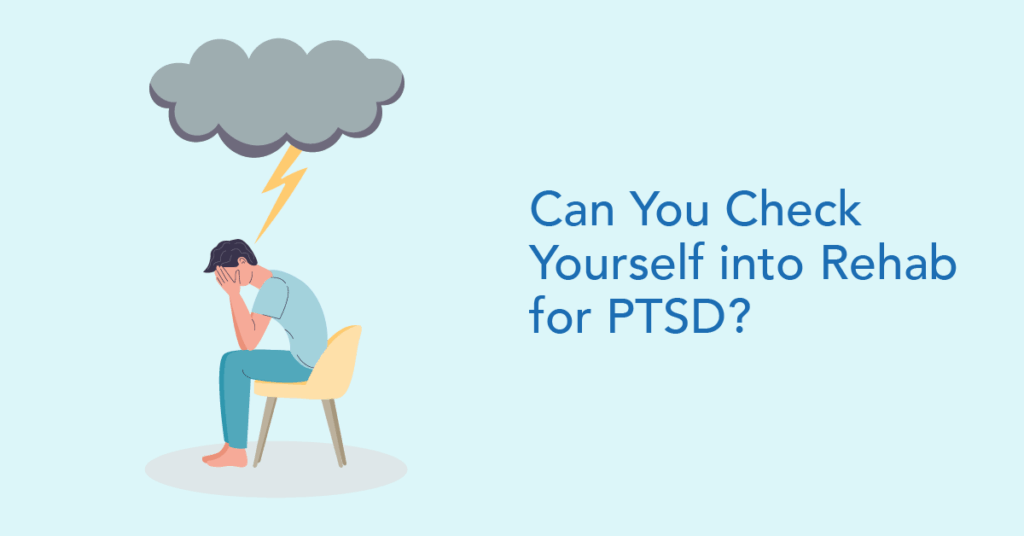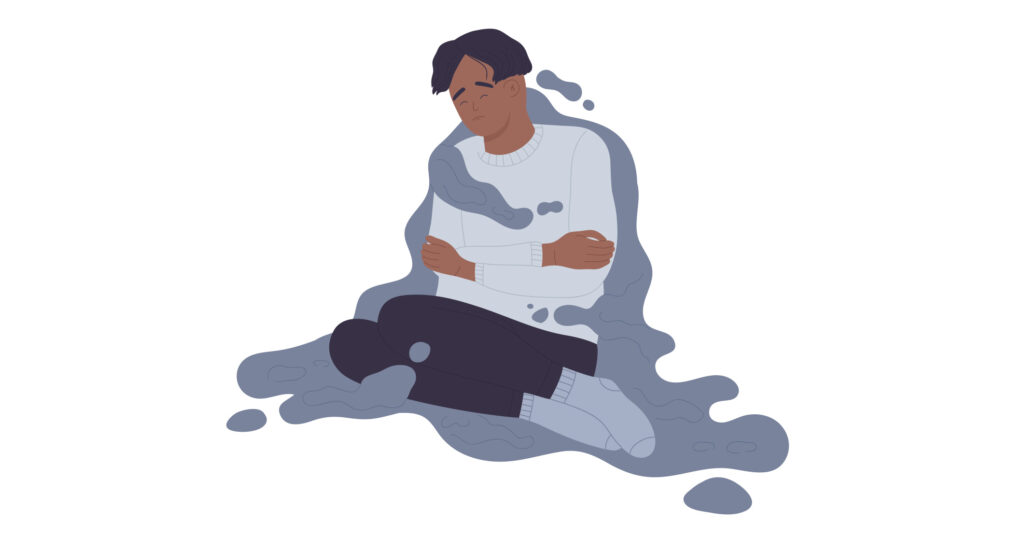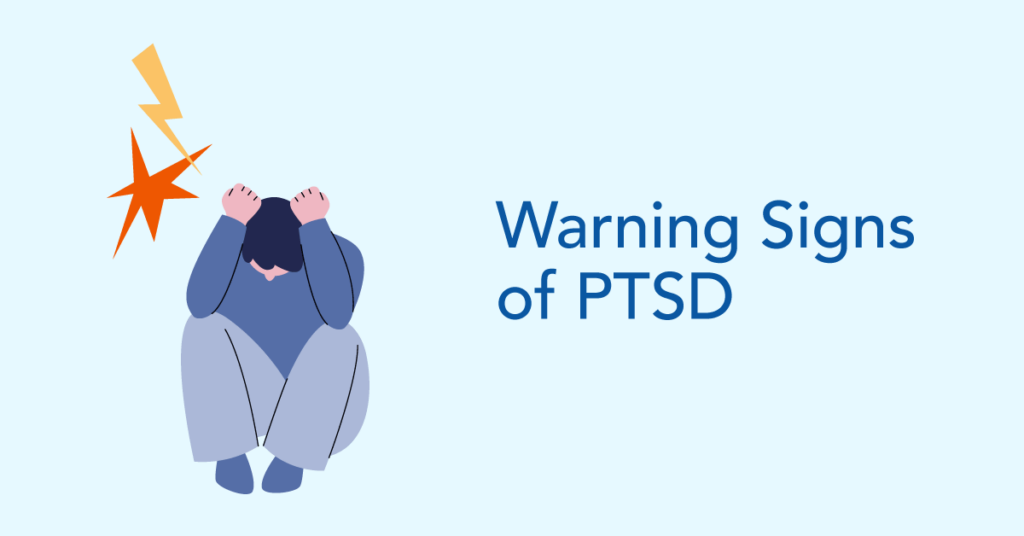Post-traumatic stress disorder (PTSD) can make everyday life feel unpredictable and exhausting for the approximately 13 million people who have this condition. Nightmares, flashbacks, emotional numbness and constant hypervigilance can affect your work, relationships and mental well-being. While outpatient therapy helps many, others need more intensive support — and that’s where inpatient or residential care comes in.
If you’ve been searching for PTSD treatment near you or wondering whether there’s such a thing as a PTSD hospital, this guide will walk you through what to expect and how to get help.
What Is PTSD?
Post-traumatic stress disorder is a mental health condition that can develop after experiencing or witnessing a traumatic event. This may include:
- Military combat
- Sexual assault or abuse
- Physical violence or accidents
- Natural disasters
- Childhood trauma or neglect
Not everyone who experiences trauma develops PTSD, but those who do may experience a wide range of symptoms, including:
- Intrusive memories or flashbacks
- Nightmares or disturbed sleep
- Avoidance of triggers or places
- Emotional detachment or numbness
- Irritability or outbursts
- Difficulty concentrating
- A constant feeling of being “on edge”
PTSD can affect people of all ages and backgrounds. Without proper treatment, symptoms can persist for years or worsen over time.
What Is Inpatient PTSD Treatment?
Inpatient or residential treatment for PTSD involves living at a treatment facility where you receive daily, structured care from mental health professionals. These programs are designed to:
- Stabilize intense symptoms
- Help you process traumatic memories
- Teach healthy coping skills
- Provide support away from everyday stressors
- Address co-occurring issues like depression, anxiety, or substance use
This level of care is often recommended for people with severe PTSD symptoms, with repeated trauma exposure or who haven’t improved with outpatient therapy alone.
What Happens in a PTSD Rehab Program?
A PTSD-focused rehab program can include any of the following treatments, and most programs use a combination tailored to the person and their symptoms.
Comprehensive Evaluation
You’ll meet with therapists and medical staff to assess your trauma history, current symptoms and any co-occurring conditions.
Trauma-Informed Therapy
You’ll work one-on-one with a trauma-trained therapist using approaches like:
- Cognitive processing therapy (CPT)
- Eye movement desensitization and reprocessing (EMDR)
- Prolonged exposure therapy (PE)
- Dialectical behavior therapy (DBT)
Group Therapy
Connecting with others who’ve had similar experiences can reduce isolation and foster healing. Group sessions may focus on education, skill-building or emotional processing.
Medication Management
A psychiatrist may prescribe medications to help manage symptoms like insomnia, anxiety, depression or hyperarousal.
Holistic and Wellness Activities
These programs often include yoga, mindfulness, art therapy or fitness as part of whole-person healing.
Aftercare Planning
Before discharge, your team will help you build a long-term treatment plan, which might include outpatient therapy, support groups or medication follow-up.
Who Should Consider Inpatient PTSD Treatment?
You may benefit from checking into a rehab or PTSD hospital if:
- Your symptoms interfere with daily functioning.
- You feel unsafe or emotionally unstable.
- You’ve experienced suicidal thoughts or self-harm.
- You’ve tried outpatient therapy with little improvement.
- You have co-occurring conditions like addiction or eating disorders.
- You’re avoiding life or relationships due to fear or trauma.
Even if you’re not in crisis, seeking inpatient treatment is a proactive and valid step toward recovery.
What’s the Difference Between a PTSD Hospital and Rehab?
A PTSD hospital typically refers to a psychiatric hospital that provides short-term stabilization during a mental health emergency. These facilities are ideal for immediate risk management, such as suicidal ideation or psychosis.
PTSD rehab or residential treatment, on the other hand, focuses on longer-term therapeutic healing. Rehab centers provide intensive therapy in a more homelike environment, allowing deeper emotional work and personal growth.
Some programs are hybrid, offering both medical supervision and residential comfort.
Can You Check Yourself In Voluntarily?
Most rehab programs allow for voluntary self-admission. You don’t need to be referred by a doctor or be in immediate danger. If you’re aware of your symptoms and want support, you can reach out and begin the intake process on your own.
This usually involves:
- A phone screening
- Insurance verification or financial planning
- Scheduling an admission date
- Answering questions about your mental health history
The Mental Health Hotline can help you understand what to expect from this process, and we’ll walk you through available options based on your symptoms and preferences.
What About Insurance or Payment?
Many people worry about the cost of treatment. Fortunately, many inpatient PTSD programs accept private insurance and Medicaid or offer payment plans. When you call a treatment center, you can ask:
- Do you accept my insurance?
- What is the out-of-pocket cost?
- Are there scholarships or sliding-scale rates?
Finances should never be the reason someone doesn’t get help. We’re here to help you find care that works for your budget.
Frequently Asked Questions
Many inpatient PTSD programs allow voluntary admission. You don’t need to wait until you’re in crisis — reaching out early is a strong and healthy decision.
Length of stay varies, but most programs last 2 to 6 weeks. Some individuals benefit from longer stays or step-down care like outpatient therapy afterward.
Hospitals and residential treatment centers with PTSD programs exist across the United States. You can search online or call the Mental Health Hotline for help finding a nearby or specialized facility.
The most effective treatments include trauma-focused therapies like EMDR, CPT and prolonged exposure. Inpatient rehab allows for daily therapy, medication management and emotional support.
PTSD can become more severe over time, especially if trauma is unprocessed or symptoms are ignored. Early intervention leads to better outcomes.
It’s Okay to Ask for More Support
PTSD can make you feel like the world isn’t safe — or like you’ll never be yourself again. But healing is possible, and it often starts by saying, “I need help.” If outpatient care hasn’t been enough or your symptoms feel too heavy to manage alone, checking yourself into rehab for PTSD is a compassionate and courageous step. Call the Mental Health Hotline today for free, confidential guidance. We’ll help you explore PTSD treatment options near you, understand your insurance and find a program that offers the care and peace you deserve.
Editorial Team
-
 Written By: Mental Health Hotline
Written By: Mental Health HotlineMental Health Hotline provides free, confidential support for individuals navigating mental health challenges and treatment options. Our content is created by a team of advocates and writers dedicated to offering clear, compassionate, and stigma-free information to help you take the next step toward healing.
-
 Reviewed By: Raymond Castilleja Jr., LCSW-S
Reviewed By: Raymond Castilleja Jr., LCSW-SRaymond Castilleja Jr., LCSW-S, MBA, MHSM is a behavioral health executive with over a decade of leadership experience in integrated care and nonprofit health systems. As Director of Behavioral Health at Prism Health North Texas, he oversees strategic planning, clinical operations, and service delivery for a program serving the LGBTQ+ community. He has led the successful integration of behavioral health into primary care and played a pivotal role in securing $5 million in SAMHSA...


